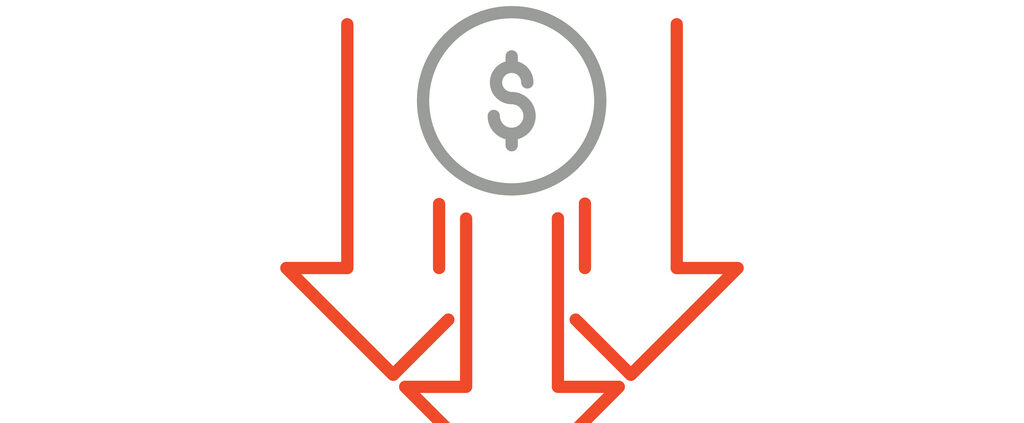Compliance Check: Is Your Authority to Vaccinate Still Valid?
Vaccine season is upon us! Pharmacies who offer immunization services are likely seeing an influx in requests for seasonal influenza, COVID-19, and other routine vaccines. However, it is important to take a step back and evaluate exactly which vaccines you are formally allowed to authorize and administer, especially after the meeting of the Advisory Committee on Immunization Practices (ACIP) on September 18th and 19th, 2025.
Pharmacies typically gain authority to administer (and/or prescribe) vaccines by one of four avenues:
- Patient specific prescription
- Collaborative Practice Agreement (CPAs) with an authorized practitioner, pursuant to state requirements
- State law granting independent authority
- PREP Act provisions (valid through December 31, 2029 pursuant to the 12th Amendment to the PREP Act)
During the September ACIP meeting, the committee voted to relax the recommendations for the 2025-2026 COVID-19 vaccine as follows:
- For adults 65 years old and older, a COVID-19 vaccine is recommended on an individual basis using the shared clinical decision making (SCDM) approach
- For individuals 6 months of age to 64 years old, a COVID-19 vaccine is also recommended using a SCDM approach, emphasizing that the benefit is highest for those with increased risk for severe COVID-related issues based on the CDC’s list of COVID-19 risk factors
In the August 2025 Newsline article, COVID-19 Vaccine Update: Shared Clinical Decision-Making, PAAS National® shared information regarding the CDC’s shared clinical decision-making approach. The CDC’s guidance was used to update the Advisory Committee on Immunization Practices approved vaccine schedules for children and adults for the 2024-2025 season. As of the time of publication of this article, the CDC had yet to issue its final recommendations for the 2025-2026 season. These updates are important because many state laws, CPAs and even the PREP Act tie back to the CDC and ACIP-approved vaccine schedules.
It is important to note that pharmacies who vaccinate pursuant to the PREP Act…
Did you know there is much more to your audit assistance membership than just help with audits? The PAAS Member Portal contains a wealth of information and resources to assist you with audits and member service questions. Below is a list of 6 pages found on the Audit Assistance section of the PAAS Member Portal to assist you and your pharmacy staff to be proactive when it comes to audits.
- Access Services
- Audit Documentation Submission Guidance
- An online form to submit safe filling and billing questions
- Your PAAS Membership Manual
- Newsline
- Monthly newsletter articles, written by our expert PAAS analyst team, provide safe filling and billing tips and relays relevant/current PBM trends to be help prevent audits
- Search the Newsline Archive to get PAAS tips at the click of a button
- Special Edition Newslines including: Top 10 articles of the prior year, DMEPOS Article Series and a Self-Audit Article Series
- Ability to print monthly issues or individual articles
- Proactive Tips
- Audit flags – list of various claim attributes the PBMs use to select claims for audit
- Billing insulin vials – flowchart to assist whether you should bill Medicare Part B vs Part D
- DAW Codes Explained – use to understand when to effectively use DAW codes, their definitions and why claims may be flagged for audit if a DAW code is used incorrectly
- Basic DMEPOS documentation guidance
- Onsite Credentialing Checklist and expanded definitions of policies and procedures
- Proof of refill request and affirmative response form for DMEPOS items
- Steps on how to prepare for an onsite audit
- And more!
- Days’ Supply Charts
- Utilize the days’ supply charts for inhalers, insulins, nasal sprays, eye drops and topicals to aid you in calculating the correct days’ supply
- Guidance on overbilled quantities and incorrect days’ supply account for a sizable portion of audit chargebacks
- Additional miscellaneous charts, which include: Dispense in Original Container and Return to Stock
- Forms
- Signature Logbook for print
- Signature Trifold Mailer
- Fax and Email Coversheet
- Patient Attestation for over-the-counter COVID-19 test kits
- On-Demand Webinars
- Short webinars on hot topics in the PBM industry. Here are a few examples:
- USP 800 Compliance
- Cultural Competency Training
- Dispensing Prescriptions Off-Label
- Biologic Medications and Interchangeability
- Continuous Glucose Monitor Requirements for Medicare Part B
PAAS Tips:
- MORE AUDITS, MORE INSIGHT – PAAS National® is the industry-leading defender of community pharmacy dealings with Prescription Benefit Programs, including Caremark, Express Scripts, Humana, Medicaid, OptumRx, Prime Therapeutics., and more. PAAS assists on all third-party audits, including: desktop audits, onsite audits, invoice audits, OIG/Medicaid audits, Medicare B audits. The PAAS team is dedicated to helping you! We have five pharmacists and a complement of technician analysts with over 50 years of dedicated audit assistance experience. PAAS continuously updates their database with every audit received — in fact, we even keep a scorecard on individual auditors.
- Get answers to your questions on days’ supply calculations, drug substitutions, billing practices, required documentation, prior authorization requirements, record retention, and internal audit procedures – just to name a few. As a trusted partner, we will provide tailored guidance to help you proactively prevent audits. Remember, the prescription claims you submit today are the audits of the future.
- Keep your employees engaged and help lower audit risk by adding all employees to the portal and giving them permission to access these tools, resources and eNewsline. For more information review September 2019 Newsline article, What Are You Waiting For? Make Sure ALL of Your Employees are Added to the PAAS Portal!
- Contact PAAS at (608) 873-1342, if you would like a tour of your PAAS Member Portal, so you can reap all the benefits of your PAAS Audit Assistance. We appreciate you being a member.












